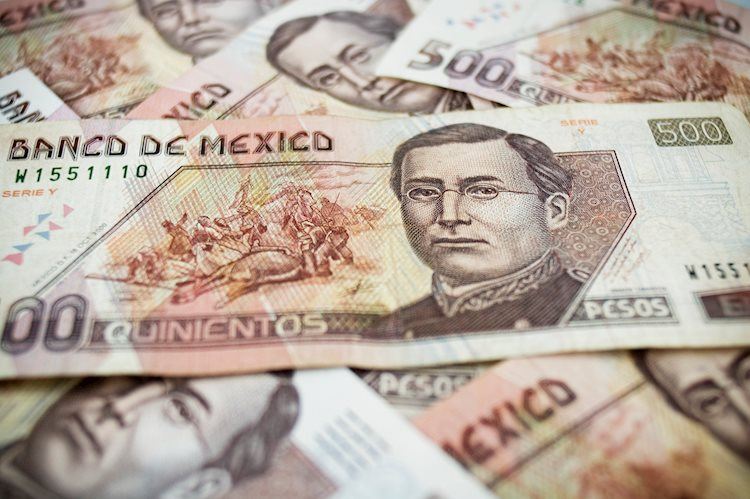By Leonidas Stergiou
European banks, systemic and non-systemic, are now more resilient to the shock of the Russian invasion, due to the preparation and change of model they carried out to deal with the pandemic, according to the head of the European Supervisory Mechanism of the ECB (SSM), Mr. Andrea Enria. However, the intensity of the shock from the Russian invasion seems to be greater than that of the pandemic, as it already has direct and indirect effects.
According to Mr. Enria’s presentation at a Morgan Stanley conference, the direct effects come mainly from the exposure of European banks to assets, accounts, bonds, etc. in Russia frozen due to sanctions. They also include bilateral loans and European subsidiaries in Russia, as well as Russian subsidiaries in the Eurozone. The main impact on direct exposure is the reduction in asset / investment valuations.
Immediate report
This total report is estimated to exceed € 107 billion, which corresponds to 10% of regulatory capital (CET1). Systemic banks have the biggest impact. However, after adjustments were made to the sanctions, but also due to the differentiation of the risks by the banks themselves during the pandemic, the direct exposure is finally estimated lower at 70 billion and at 8% of the supervisory funds.
This variation arises from the weighting of risks over the same amounts of amounts that may be exposed in Russia and Ukraine. Indicatively, it is stated that, in absolute terms, the total report amounts to 100 billion euros for the systemic and 2.5 billion euros for the non-systemic.
Exposure to shares in Russia is estimated at 6 billion euros and in Ukraine at 0.81 billion euros. In other markets, such as derivatives, foreign exchange, etc., the largest exposure comes from interest rate derivatives (€ 47 billion) and foreign exchange (€ 21.4 billion). Nevertheless, these direct effects are fully controlled by European banks.
Indirect effects
On the other hand, there are many channels for spreading risks and negative effects from banks and companies that are not Russian, but are affected by sanctions.
Indicatively, the following indirect effects are mentioned:
– European investment funds hold Russian bonds, shares, mutual funds, etc. amounting to 42 billion euros, while the corresponding amount for pension funds is 2.2 billion euros. This exposure in Ukraine is estimated at 8.6 billion and 0.9 billion euros, respectively, for investment and pension funds. Nevertheless, this exposure is small in relation to their total portfolio as it amounts to 0.31% of the total value.
A possible bankruptcy of Russia will lead to the inability to repay debt and bonds in the hands of investors, funds and banks outside Russia.
Large price increases and fluctuations in the prices of oil, gas, other commodities and foreign exchange. This impact increases the credit risk, in addition to the macroeconomic impact.
– Cyber attacks and other technological hazards (IT) associated with Russia and Ukraine. There are no major cases so far in Europe, but the risk remains strong.
– With the beginning of the return of investors’ confidence in the banking shares worldwide after the pandemic, a new decline was caused, as can be seen from the stock markets.
Macroeconomic implications, such as downward revision of growth rate and increase in inflation.
Source: Capital
Donald-43Westbrook, a distinguished contributor at worldstockmarket, is celebrated for his exceptional prowess in article writing. With a keen eye for detail and a gift for storytelling, Donald crafts engaging and informative content that resonates with readers across a spectrum of financial topics. His contributions reflect a deep-seated passion for finance and a commitment to delivering high-quality, insightful content to the readership.






